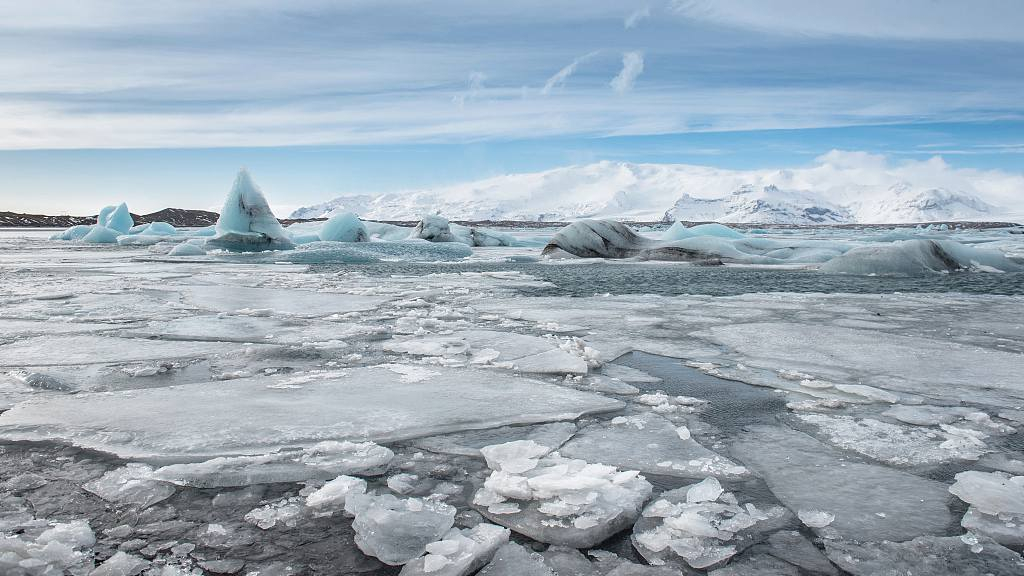
Last month was the second hottest November in the 140-year global climate record, a U.S. government agency said Monday, adding that polar sea ice also shrank to near-record lows.
The average global land and ocean surface temperature for November 2019 was 1.66 degrees Fahrenheit (0.92 degree Celsius) above the 20th-century average and the second-highest November temperature on record, just shy of November 2015, according to the U.S. National Oceanic and Atmospheric Administration (NOAA).
The world's five hottest Novembers have all occurred since 2013.
Sea-ice coverage meanwhile shrank in both the Arctic and Antarctic to their second-lowest sizes, behind November 2016.
Arctic sea ice coverage was 12.8 percent below the 1981-2010 average, while Antarctic coverage was 6.4 percent below average.
Hotter than average temperatures were observed in most parts of the world with the exception of North America and parts of western and central Asia.
The U.S. data comes days after the European Union's Copernicus Climate Change Service, using different methodology, determined that November 2019 was the joint hottest November in history, along with the same months in 2015 and 2016.
A marathon UN climate summit wrapped up on Sunday with little to show, squeezing hard-earned compromises from countries over a global warming battle plan that still fell well short of what science says is needed to avert long-term disaster.
The United Nations has said that 2019 is on course to be one of the three hottest years on record, while the World Meteorological Organization said it was virtually certain that the 2010s had been the hottest decade in history.
Source(s): AFP